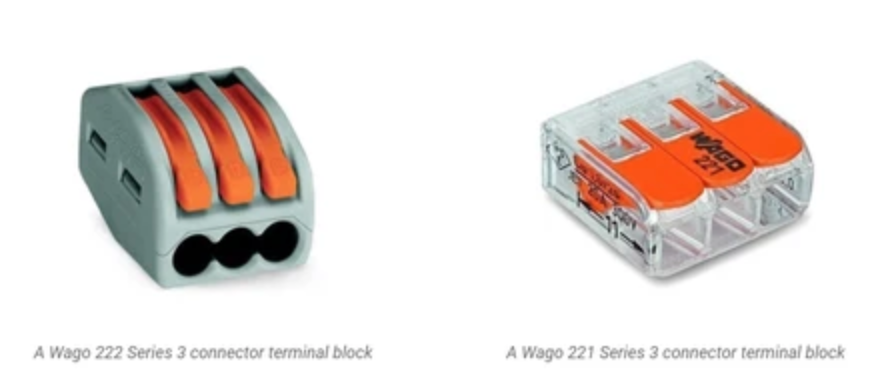Wago vs Wire Nuts: Using Wago Nuts to Your as an Alternative to Wire Nuts
When focusing on projects in your home, there are countless factors you need to consider. Those factors are directly influenced by the location of a given project, the tool and accessories needed, the degree of difficulty, and your personal experience and education, to name a few. This is why electrical projects are some of the most sensitive you could work on and typically require the most research and preparation. This is why, when it comes to the electrical wiring in your home, you want to make sure everything is not only to code, but utilizing the best parts, pieces, and tools available.
One area around electrical wiring where there seems to be a great debate on which way one should lean is with the use of wago nuts or wire nuts. Wago connector nuts provide a number of benefits including the slimmer profile and transparent housing. Yet are these features alone enough to swag favor in their direction? Let's take a look at some of these advantages you could find with Wago Nuts.

Wago 222 Series 3 connector terminal block vs. Wago 221 Series 3 connector terminal block
The first thing to understand is- What is a Wago Nut and how does it differ from a Wire Nut? Well, there are a few differences, each focused on improving performance and efficiency. With the original wago 222 series, electricians found the following benefits:
- Approved to work with a wide variety of wire sizes and types, including solid, stranded, and flexible conductors,
- Has a built-in visual guide for required size of strip before inserting, and
- Lever design that allows for reusability,
- Include a test nut access probe.
More recently, the wago 221 series was released which includes not just the features mentioned above, but also upgrades including:
- 40% smaller size and design,
- Less force required for leaver opening and closing,
- Transparent housing to ensure proper connection, and
- 2 test nut access ports.
These features allow for use not only across multiple applications, but multiple industries alike. It’s reasons like this that more and more individuals are moving to the use of Wago wire connectors in their homes.

If you have ever replaced wires or installed new wires in your home, you know the frustration that comes with not being certain if there is a clear connection with your wire nut. You might undo or redo wiring multiple times or, worse than that, need to go back and redo a connection when you realize it doesn’t work. The transparent body of the Wago 221 series eliminates that concern.
Furthermore, you may experience issues when trying to connect different types or sizes of copper wires. The 221 series allows for connections of all wire types and, because of that, are capable of connecting different conductor sizes and types.
You can probably tell by now the reason individuals are shifting to these wago nuts is the combination of ease and functionality. One of the most direct benefits individuals are seeing from this is organization. You now have the ability to ensure organization within your junction box and it creates a more succinct process of removing and replacing old or existing wires.

One area of this ease with replacing connections is seamlessly being able to remove the wago nut (or a wire from the nut) and not have to worry about the wires being twisted together like with a wire nut. This approach not only helps from an ease and functionality standpoint, but also with the state of your bare wire strip over time by removing the possibility of regularly wrapped wires.
While talking about the benefits of these Wago nuts and why individuals are making the switch, it’s also important to speak to their specifications, so you can be sure they would work for you. Wago connector nuts are rated to a nominal voltage of 450V, a surge voltage of 4kV, and a current of 41 Amps. The maximum surrounding air temperature is 85 degrees with a continuous operating temperature of 105 degrees. Depending on where you are getting yours from as well, you can get 1 individual connector up to multiple boxes! It all depends on your needs.
In conclusion, it’s easy to see why more and more people, electricians, and businesses are making the switch from wire nut connectors to wago nut connectors. Ease, organization, simplicity, security, reliability, and efficiency are just some of the reasons why. So, as you plan your re-wiring, building, expansion, or any other project on the horizon, look to help yourself by opting to go with Wago nuts.
